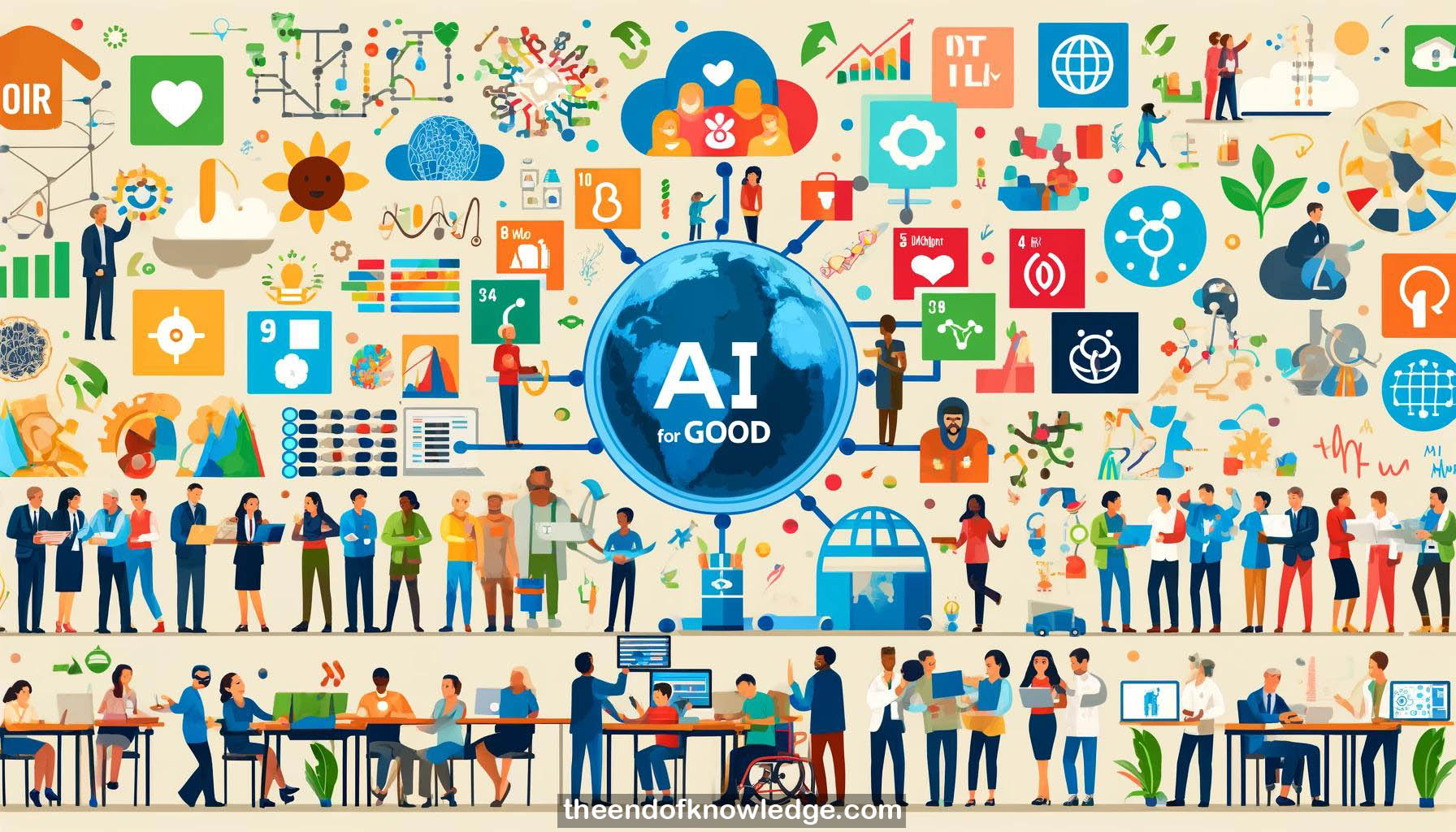 >
>
Concept Graph & Resume using Claude 3 Opus | Chat GPT4o | Llama 3:
Resume:
1.- Bill Richmond, an Evangelist for AWS, discusses how AI and machine learning can help solve the world's most difficult problems.
2.- Examples are given of people pushing past perceived limits and solving difficult problems, showing what is possible.
3.- There are varying views on AI's potential impact, from it being hugely beneficial to potentially dangerous for humanity.
4.- An AI system wrote a convincing op-ed for The Guardian arguing that AI will not destroy humans.
5.- AI capabilities like facial recognition can now be implemented very easily with just a few lines of code.
6.- AWS provides different layers of AI tools for experts, general use cases, and customized machine learning.
7.- Combining AI with speech-to-text, translation, sentiment analysis, etc. allows creating advanced customer service solutions without AI expertise.
8.- Cooperation between companies, widespread adoption, and combining AI with other technologies like IoT are key AI trends.
9.- AI is helping improve health self-assessment, sports analytics, personalized education, planetary mapping, and humanitarian aid delivery.
10.- AI disruption is happening across nearly every industry. Companies need to embrace it or risk being left behind.
11.- AI combined with robotics and sustainable technologies could help address global problems through initiatives like the Footprint Coalition.
12.- AI is helping combat human trafficking by rapidly analyzing online data to locate victims.
13.- The UN, World Bank, Red Cross and others use AI to predict food insecurity crises and proactively provide aid.
14.- Conversational AI and personalization may have the biggest immediate impact, guiding information people receive and purchase behaviors.
15.- Tesla's success shows companies can do well financially by using AI to benefit the world through sustainable technologies.
16.- The pace of technological change is exponential. The next 20 years will bring more change than the past 200.
17.- AI will be hugely disruptive, potentially the most disruptive technology ever. Organizations need to prepare for how to handle it.
18.- In just the past 20, 15, 10 and 5 years, hugely impactful new technologies have emerged and been widely adopted.
19.- Developing countries are adopting AI for healthcare access, clean water, agriculture, and economic empowerment despite infrastructure limits.
20.- Managers should learn about AI at a high level to understand its business implications, not necessarily the technical details.
21.- Governments are significantly increasing investment into AI research and viewing it as critical to national power.
22.- Bias in data used to train AI models is a serious issue that needs ongoing work to address.
23.- Ethics education is important for those working on AI to understand the ramifications. This seems to be currently lacking.
24.- While AI will eliminate some jobs, it will likely create even more, as has happened with past technological revolutions.
25.- Policy solutions are needed to help transition people to new jobs as AI disrupts the workforce.
Knowledge Vault built byDavid Vivancos 2024